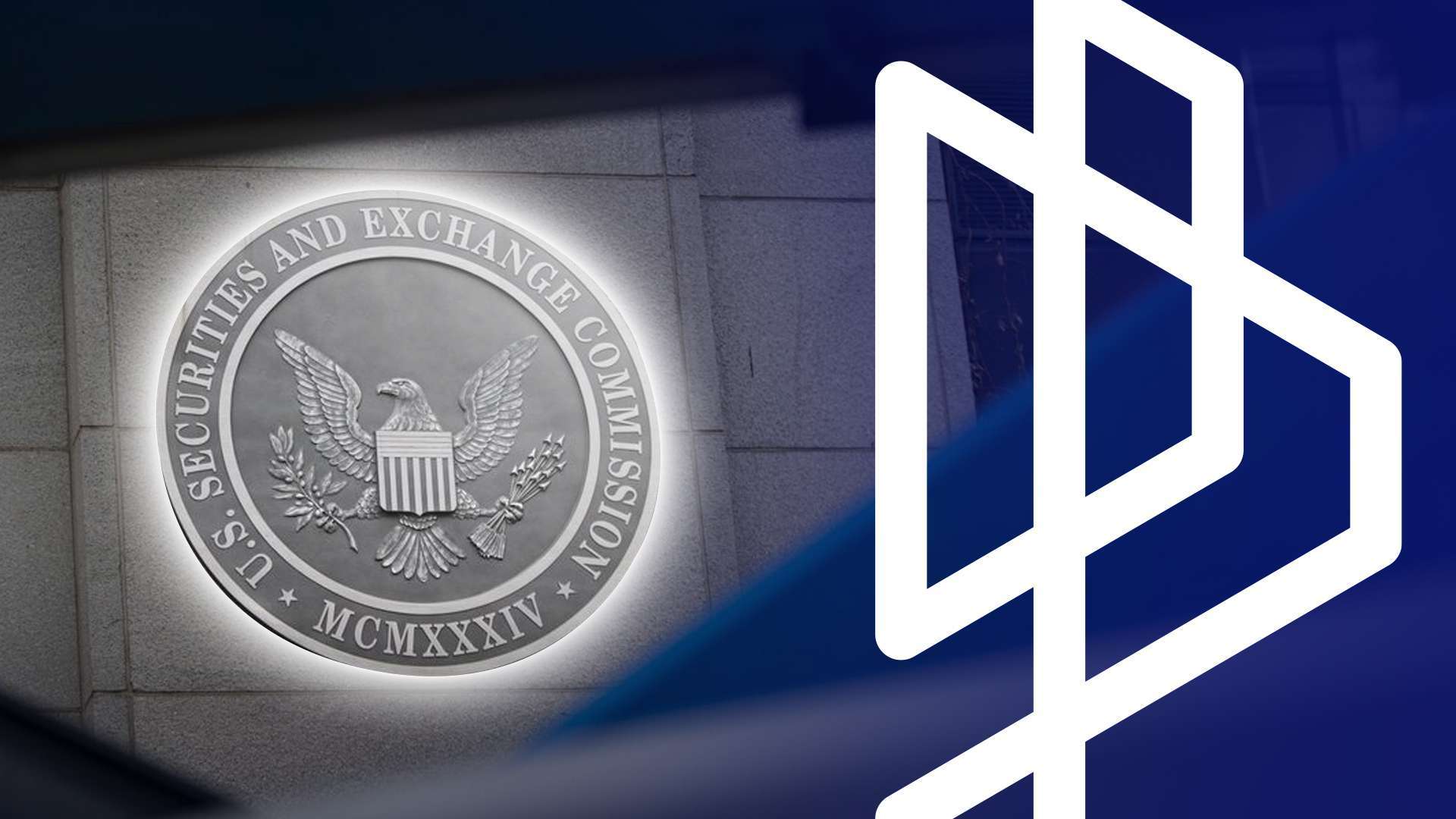In the past decade, we’ve seen a technological revolution drastically transform the financial landscape, marked by the advent of blockchain technology and cryptocurrencies.
As new digital assets continue to burgeon, they alter the traditional dynamics of financial systems, pushing us from a centralized to a decentralized model. This shift, however, introduces numerous challenges, predominantly in terms of regulation. This article will analyze this transformation, spotlight the complexities of regulating cryptocurrencies, and highlight the potential clarity offered by a rising class of digital assets: security tokens.
Understanding the Transformation
In 2008, in the wake of a financial crisis that caused many to lose faith in traditional banks, Bitcoin was born from the ingenious mind of an unknown entity, Satoshi Nakamoto. This digital currency, created to operate without the need for a bank or other intermediary, introduced a highly secure, peer-to-peer value transfer method free from centralized authority, thus challenging the status quo. Such an innovation sparked the exploration of blockchain technology’s potential use cases, which have proven to be vast and continuously expanding.
Blockchain: Trustless and Anonymous
Blockchain technology presents a radical solution to trust in financial transactions. Unlike traditional systems that rely on centralized authorities, a blockchain operates via a decentralized network of computers. These machines, operated by anyone, record interactions on an immutable public ledger— akin to an Excel sheet. Moreover, participants contribute to the network incentivized by rewards, often in the form of cryptocurrency.
Blockchain offers an alternative to traditional banking systems that mandate users to reveal their identities and store transaction data in centralized databases. Instead, users can maintain anonymity, despite their transactions being publicly visible.
In recent years, the value of the crypto space at its peak has reached nearly $3 trillion, with the technology permeating functions such as data storage, identity verification, gaming software, and running DeFi applications, among others. However, the openness of the system has created opportunities for malicious actors to exploit the unregulated ecosystem.
The Dilemma of Blockchain Technology
In the crypto world, it’s common for the market to lose or gain a third of its value within months.
Despite this volatility, the DeFi space continues to expand, attesting to the resilience and inclusivity of decentralized technology.
But this decentralization comes with its challenges.
Traditional financial systems are centralized to ensure the security and protection demanded by people and governments. They have mechanisms for recovery and responsibility—elements that are currently missing in a fully decentralized ecosystem.
The Trillion-Dollar Question
This naturally leads us to question—how can we regulate something inherently designed to operate outside of centralized authority? How can we enforce accountability and transparency in a system where parties interact directly, beyond the reach of traditional financial intermediaries?
As of June 2023, there is no definitive answer.
The world-wide crusade of blockchain innovation has thrust us into uncharted territory, allowing unprecedented access to capital. However, despite explicit regulatory attempts, the industry shows no signs of slowing down.
The Securities and Exchange Commission (SEC) has leveraged its broad powers to determine whether digital assets meet the definition of a security on a case-by-case basis. Most recently, it charged Coinbase and Binance, following similar actions against Kraken and Bittrex earlier this year, accusing them of operating unregistered securities exchanges.
Unfortunately, this regulation by enforcement approach does little to bring clarity. The inherent decentralization of the system is fundamentally at odds with centralized regulation, further magnifying the paradox.
The Regulatory Clarity Unique to Security Tokens
Amidst the uncertainty of cryptocurrency regulation, security tokens emerge as a beacon of regulatory clarity – and USP is a project that is uniquely positioned to thrive in this shifting landscape.
As a security token, USP has taken a proactive approach to ensure compliance and transparency. We have implemented robust AML (Anti-Money Laundering) and KYC (Know Your Customer) procedures, working closely with our third-party integration partners to verify the identities of our investors directly through the USP Investor Portal.
Our commitment to regulatory compliance not only safeguards the interests of our investors but also sets a precedent for responsible innovation in the crypto industry.
While the debate on crypto regulation continues, we remain focused on building a strong foundation for our project. We believe that through collaboration with regulators and industry leaders, we can foster an environment that balances innovation and investor protection.
How Do Security Tokens Work and Are They Legal?
Security tokens, similar to stocks, bonds, and REITs, act as digital shares of a company that exist on the blockchain.
Their value typically derives from representing an underlying asset or company, contrasting with other cryptocurrencies whose value stems from using the blockchain network itself.
The SEC governs security tokens under specific regulation exemptions (such as Reg D, Reg S, Reg A, Reg CF). These rules allow the offering and sale of securities to various investors, based on conditions such as investor accreditation and geographical location.
The potential of tracking digital securities on a public distributed ledger cannot be overstated. It offers an immutable, transparent record of transactions that mitigates the need for intermediaries, thereby enhancing transaction speed and overall market efficiency. It also invites global participation, enabling investors from around the world to interact with various asset classes in a secure, efficient manner.
Real Estate Backed Security Tokens: A Risk-Adjusted Approach
Blockchain technology is undoubtedly ushering in a new era of the digital economy, but it also brings unique risks. A promising tool for navigating speculation has emerged from these challenges— the tokenization of real estate assets. This sector, known for its stability, offers a tangible method for diversification.
Integrating real estate into the blockchain amplifies the platform’s key advantages, such as increased liquidity, unparalleled transparency, and reduced reliance on intermediaries. All the while, it abides by regulatory frameworks, mitigating the inherent uncertainties linked with decentralized systems. This merger reshapes the risk-benefit analysis, laying the groundwork for a digital asset landscape that is structured, secure, and in harmony with the flourishing world of blockchain.
Looking Forward
Navigating the paradox of crypto-regulation calls for innovative solutions, encompassing regulatory sandboxes, international cooperation, and the role of self-regulatory organizations. The reality, however, is that we have already ventured into a brave new world of unprecedented access to capital, with security tokens at the intersection of blockchain technology and the multitrillion-dollar real world asset (RWA) market.
Security tokens offer a bridge between the old and new financial systems, suggesting what a marriage between regulation and blockchain technology might look like.
As succinctly put by Blackrock CEO, Larry Fink, “the next generation for markets’ is tokenization.”
The real task ahead is to find equilibrium—a place where innovation thrives without hindrance, and individual freedoms remain uncompromised. This journey towards a decentralized financial future, while complex, is an undeniably exciting prospect.















